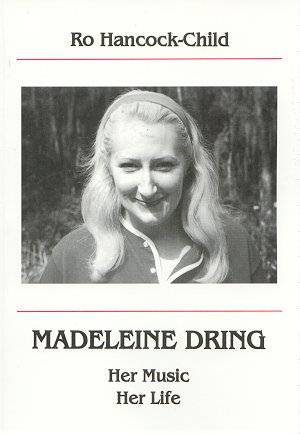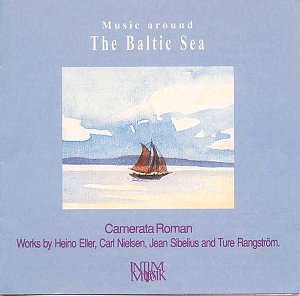 Composer: Madeleine Dring
Composer: Madeleine Dring
Works: Dring, Her Music, Her Life
Performers: Ro Hancock-Child (Author)
Recording: N/A
Label: N/A
Madeleine Dring, a luminary of British music in the mid-20th century, remains a compelling figure whose works often evoke the charm and elegance of her time. Her oeuvre, which includes over fifty songs, numerous instrumental compositions, and even a foray into opera, showcases a remarkable breadth despite her penchant for miniaturism. Ro Hancock-Child’s book, “Dring, Her Music, Her Life,” serves not merely as a biographical sketch but as an insightful exploration of Dring’s artistic identity, illuminating the intricate web of influences that shaped her compositions and, indeed, her life.
Hancock-Child delves into the historical context of Dring’s works by utilizing her diaries from 1935 to 1943, which reveal much about the composer’s personal and professional milieu. Dring’s fascination with spiritualism, a theme that recurs in her music, is deftly interwoven into the narrative, suggesting that her creative impulses were often guided by transcendent aspirations. This is particularly evident in her piano works, which, while often concise, resonate with an emotional depth that belies their brevity. For instance, the Fantasy Sonata, composed in 1938, exemplifies her ability to combine lyrical expressiveness with structural clarity, creating a captivating dialogue between the piano parts.
The analysis of Dring’s interpretations in various genres—be it her songs set to the texts of Shakespeare and Betjeman or her instrumental pieces—reveals a composer who was deeply attuned to the nuances of language and emotion. Hancock-Child’s examination of her vocal works demonstrates a keen understanding of the delicate interplay between text and melody. The settings of Betjeman’s poetry, in particular, showcase Dring’s skill in crafting melodies that enhance the narrative quality of the text, employing subtle harmonic shifts that reflect the underlying emotions of the verses.
The technical aspects of Dring’s compositions are equally noteworthy. Her writing for oboe—an instrument close to her heart due to her long marriage to oboist Roger Lord—exemplifies a nuanced understanding of timbral color and expressive potential. The trios for winds and piano, for instance, reveal an astute orchestration that allows each instrument to shine while maintaining a cohesive ensemble sound. Hancock-Child’s inclusion of musical examples throughout the book aids in illustrating these points, providing readers with tangible references to Dring’s stylistic choices.
Sound quality and engineering are not applicable in the context of this book, yet Hancock-Child’s narrative is meticulously crafted, ensuring that the reader can appreciate both the aesthetic and the technical facets of Dring’s music. This scholarly yet accessible approach allows for a richer understanding of the composer’s intentions and the historical backdrop against which she created.
The effort to compile a discography that includes American and unpublished recordings, as well as a comprehensive list of works, underscores the pioneering nature of Hancock-Child’s project. While the book may overlook certain orchestrations and an anthem, its breadth is commendable. The inclusion of Dring’s own line drawings and photographs adds a personal touch, inviting readers into the intimate world of a composer whose life and work are as engaging as they are significant.
Hancock-Child’s exploration of Madeleine Dring’s life and music not only honors the composer’s legacy but also positions her within the broader tapestry of 20th-century British music. This book is an invaluable resource for those wishing to understand the unique voice of Dring, her artistic journey, and the intricacies of her musical creations. It stands as a testament to Dring’s enduring relevance and the depths of her artistic contributions, making it a recommended read for scholars and music lovers alike.



